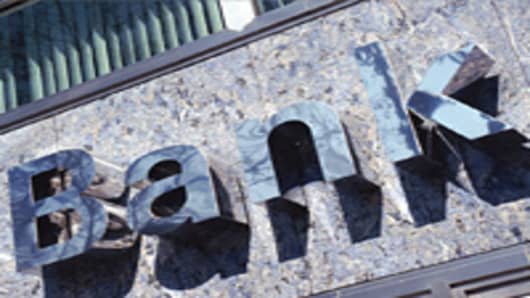A new scandal in the banking industry is undermining its image, already tarnished by rogue trading at JPMorgan Chase and the 2008 subprime mortgage collapse. At the heart of the scandal: manipulation of Libor, the most widely used interest rate in the world. In congressional testimony Tuesday, Federal Reserve Chairman Ben Bernanke said he thought the Libor system was "structurally flawed." USA TODAY reporter John Waggoner explains the Libor scandal and what it means to you.
What is Libor?
It's the London interbank offer rate, an interest-rate benchmark for many other rates, from commercial loans to mortgages. Libor is also an important index for derivatives, which are complex agreements whose value derives from a benchmark.
Libor is the most widely used interest rate in the world. Estimates of how much is tied to Libor vary from $350 trillion to $800 trillion. To put that in perspective, $350 trillion would pay for all U.S. government spending for 96 years.
How is Libor calculated?
Once a day, major London banks tell Thomson Reuters the interest rate they would expect to pay on a loan from another bank. Thomson Reuters drops those rates in the highest and lowest 25% and averages the 50% in the middle.
There are actually 150 Libor rates, with maturities from overnight to one year, and in different currencies.
Libor is an important element in many interest rate swaps, a way of insuring floating-rate loans from a surge in interest rates.
Wait, what? The interest rate they would expect to pay? Not the rate they actually pay?
Right. It's kind of an honor system. At the heart of the controversy: Some banks artificially inflated or deflated their rates, depending on what would benefit them most. Some may have deflated their rates to give the impression that they were more creditworthy than they actually were.
During the financial crisis of 2008, the rate was more of an estimate, since banks weren't lending to anyone.
So who was hurt?
It depends. If Libor was artificially high when you took out a loan, then you paid more on the loan than you should have. Conversely, if Libor was artificially low, you may have paid less than you should have.
Naturally, those who figure they were ripped off are filing lawsuits.
The city of Baltimore, for example, is suing large banks involved in setting Libor, including JPMorgan Chase, Bank of America, Barclays, Citibank and Deutsche Bank.
Barclays agreed to settle charges of manipulation and pay U.S. and British regulators $450 million.
Both JPMorgan Chase and Citibank have said in the past few weeks that they, too, are under investigation.
Did anyone besides the banks involved know about the rigging of Libor?
Yes. The New York Federal ReserveBank did and sent a lengthy list of suggestionson how to change the process. The British Bankers Association, which oversees the process, was slow to respond, according to Bernanke. The Fed is looking into whether any U.S. banks were involved in rigging Libor.
Will Libor be scrapped?
Possibly. Central bankers discuss in September whether Libor can be fixed, or whether something less vulnerable to abuse can be substituted.


